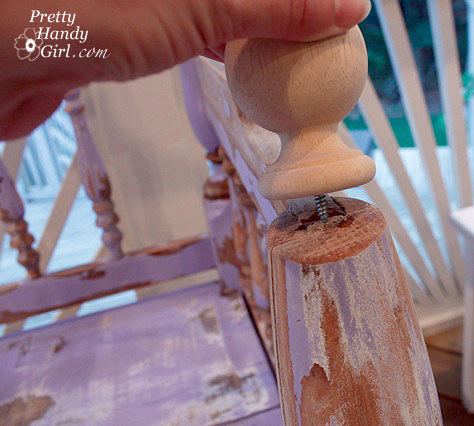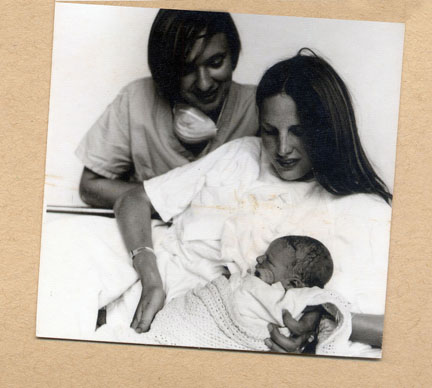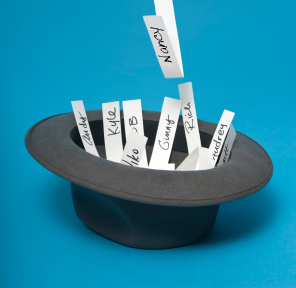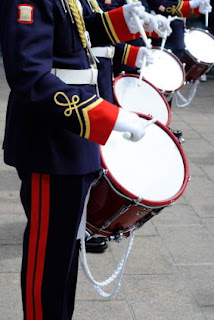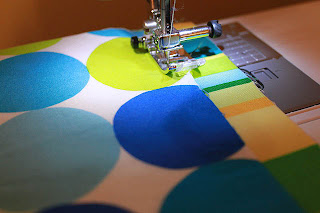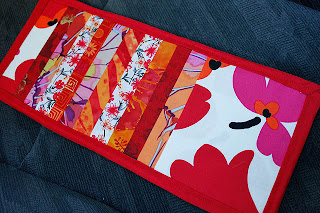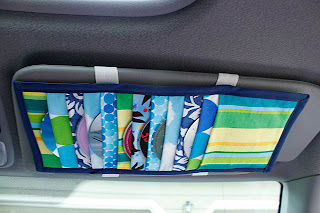Recently I decided my garden bench that used to be a Craig’s List bed frame, needed to be refinished. I repaired, sanded and repainted the bench before setting it onto our porch where it would get less exposure to the rain.
Well, it wasn’t weathering the elements too nicely. Or maybe I should say it was weathering them poorly. Regardless, I really liked the bench and decided to strip it and start over again. I believe the main problem was that the bed frame was not solid wood, it was glued pieces. Then, if you factor in that I used spray primer and spray paint, the rain and moisture got in easily and caused the wood to swell and some of the glued joints to come undone.
But, the bench was still structurally sound, so we moved it onto the screen porch and I got ready to refinish it.
Refinishing a Weathered Garden Bench
Safey First, (as Meri-K will tell you.) Because I was sanding and scraping the old paint I had to wear eye protection and a dust mask. I also wore ear plugs while sanding and gloves to keep my hands from getting rough.
Materials:

(I’ve included affiliate links for your convenience. I earn a small percentage from a purchase using these links. There is no additional cost to you. You can read more about affiliate links here.)
- Power Sander
- Sand Paper (100 grit & 220 grit)
- Purdy Paint Tool Scraper
- Wire Brush
- Gloves
- Safety Goggles
- Dust Mask
- Wet wipes
- Primer
- Roller & Tray
- Brush
- Paint
- Gorilla Glue
- Clamps
- Wood Glue
- Toothpicks
Instructions:
Begin by using the wire brush to remove any flaking paint and to get into the grooves of the spindles (and other hard to reach places.)
Tip from a Handy Girl: I am about to share with you a helpful time saving trick, so pay attention. If you have a power sander that holds the sandpaper with a clip. You can stack your sandpaper. I put the 220 grit on the bottom, then put the 1oo grit on top of that. After sanding my bench with the 100 grit, I simply tear off the top sheet and expose the finer 220 grit.
Sand down the bench with a rough 100 grit paper first, then follow up with a finer 220 grit sand paper.
Secure any loose pieces of the bench. To use Gorilla Glue, you need to moisten the two pieces that you will secure.
Then put a small amount of Gorilla glue onto one of the pieces.
Clamp the joined pieces and allow to dry overnight. (By the way, don’t waist your money on cheap clamps. That little black & orange number below just bit the dust last weekend. My Irwin clamp is a CHAMP!) Check back after 30 minutes to wipe off any Gorilla glue that has spread out of the seam.

Because the posts on my bench were really falling apart, I decided to remove the ball finials.
Use a saw to cut both finials off.
Patch the hole using toothpicks and wood glue.
After the glue has completely dried, saw off the toothpicks.
Add a curtain rod finial on top of the sawed off posts.
It looks like those finials were there all along!
Clean your bench off with a damp rag to remove any sawdust.
Cover the entire bench with one coat of KILZ Clean Start Primer. Want to know why I use KILZ Clean Start primer for all my projects now? Read how much I love it in this post where I used the same primer for painting a bamboo rug. I’m never buying any other primers (unless I’m priming a tricky surface, then I’ll use BIN 1-2-3 oil based primer. But, I won’t be happy about using that stinky stuff.)
After the primer has dried, use a piece of fine grit sand paper to gently remove any burrs or imperfections.
Then wipe off the bench with another damp wipe. I used Benjamin Moore Impervo Semi Gloss paint for the top coat on my bench. It leaves a really tough coating and will hold up to wear and tear.
Roll on the paint in one area. Then follow up with a brush to even out the paint. Remember to run your brush in the same direction as the grain of the wood.
Lightly sand after the first coat has dried and finish up with a second coat of Benjamin Moore Impervo paint. I didn’t add polyurethane, but if you are really concerned about a piece of furniture that will be exposed to the elements, go ahead and add two or more coats of polyurethane.
My bench should successfully last outside now for three reasons:
- I moved it inside the porch and out of the direct sun and rain.
- I primed the bench with a good quality brush-on primer (instead of a spray paint type.)
- I brushed on two coats of paint making sure I got into all the cracks and crevices of the bench.
Here she is in her newfound home, our screen porch:
With zero VOCs and the quality that is standard in all the KILZ products, this primer is a must have for the DIY painter!
Disclaimer: The products mentioned in this post are products that I use and stand behind. The opinions expressed in this post are authentically mine. I was sent a gallon of KILZ Clean Start Primer and the Irwin Quick Grip clamp to try out, but I was not paid or swayed to write favorable things about the products. If I don’t like a product, I won’t write about it. And I certainly won’t pass it off on my valued readers.













